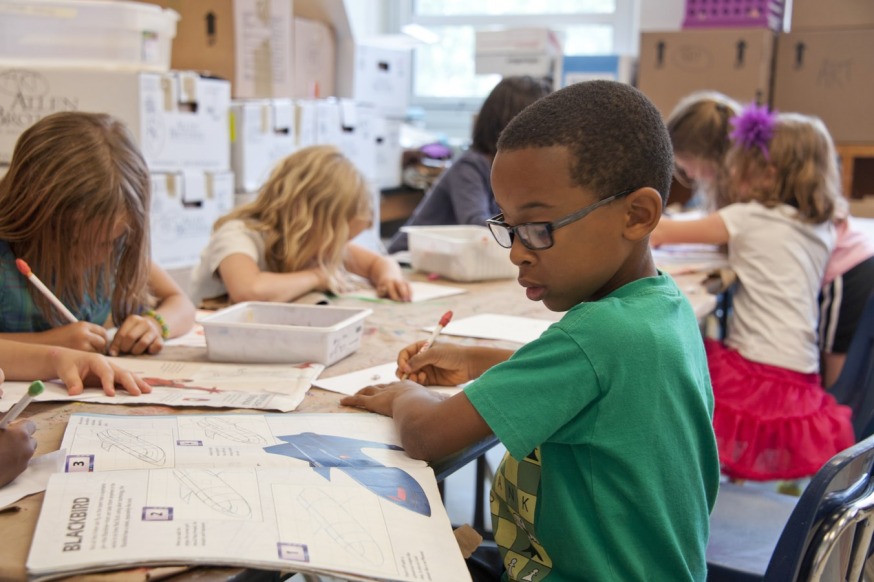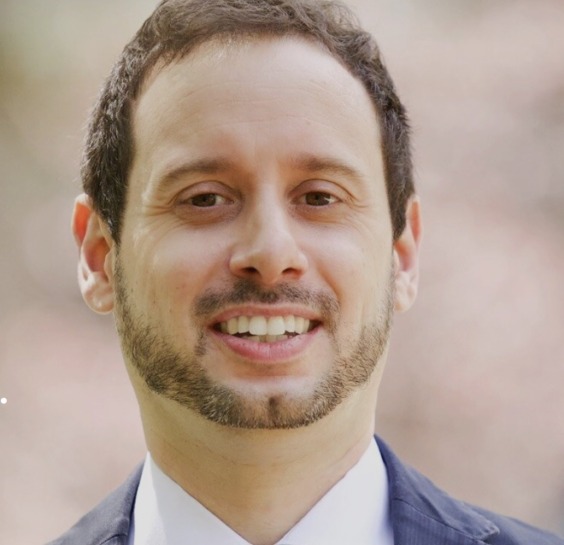
(Unsplash)
Feb. 25, 2021 Op-Ed By: Leonardo Bullaro
There has been a lot of recent news about reopening schools and returning to in-person instruction.
We know that children learn best when they are engaged with their teachers and peers in a live setting.
Even with “only” 30 percent of the city’s 1.1 million students able to receive in-person instruction, schools need to be given more resources in order to address two critical issues many learners are currently struggling with – mental health and learning loss.
In my 15 years in education, I have never seen needs so great effect so many learners at once.
The sudden shift to online and blended learning models to cope with the COVID-19 pandemic, while necessary, remains a problem for both teaching and learning. Despite being discussed for well over a decade, neither teacher preparation programs nor professional development have prepared our educators to teach remotely using technology.
And there has been a surprising lack of planning towards getting educators better trained.
As reported in the New York Times, when asked what the city was doing to improve online learning, schools chancellor Richard Carranza said, “it’s not sexy-sounding, it’s not big newsworthy, but we’re actually taking what teachers are doing and sharing those best practices with other teachers.”
The failure of our educational system to be prepared for, or more adept at dealing with, this moment is appalling.
Similarly, most students have had little to no training on remote learning, assuming they have access at all given the failure to ensure equipment or broadband to a significant number of students. Even though many young people are tech savvy, that doesn’t mean they will do well with remote learning.
It should come as no surprise that the level of engagement by students has seen a dramatic decline and that absenteeism has risen. These problems are exacerbated for specific populations, including those with learning disabilities and English language learners.
As a result, there is real concern for the “learning loss” students may be experiencing and the effects it may have for years to come. As more students return to in-person instruction, we must start tackling this problem by using more formative assessments to inform the use of targeted interventions, such as small group instruction,1-on-1 tutoring, homework help, and weekend academies.

Leonardo Bullaro (Bullaro For Council)
While the inadequacies of the current models raise issues related to whether our students are “able” to learn, there is also an issue that may have even more dire consequences – are our students ready to learn?
Having spent a year removed from school as well as remaining socially distanced at home, experts agree that the lack of social interaction is negatively impacting children’s development and mental health.
Dan Domenech, the Executive Director of the American Association of School Administrators, was quoted as saying “we are more concerned right now about the emotional well-being of our students than we are about their academic loss.”
Students with mental-health struggles often didn’t have adequate support in our schools pre-pandemic and clearly there is little being done for them during the pandemic.
The city’s own reporting shows that in 2019 there were only 1,335 social workers for 1.1 million students, which means each serves as many as 824 students and many serve more than one location. And only 249 social workers are operating under a bilingual license.
The return to school needs to prioritize mental health and wellness by increasing counseling, guidance, and access to resources so that learners are set up for success.
The time for addressing mental health and learning loss issues is now. There is an immediate need to provide services for the 360,000 students who are back in school, our youngest and most vulnerable, before more adverse effects set in.
With the budget for the coming school year currently under discussion, the effects of a failure to plan and fund more and better targeted interventions will become even more acute with an influx of another 700,000 students in the near future.
I am calling for the Department, working with the UFT and CSA, to better prepare schools, teachers, and learners for educational models and interventions that address learning loss as well as the non-academic barriers to learning that COVID has created.
Given my decades of experience in the system, my campaign platform calls for sending more of the Department’s $34 billion budget directly to schools, as the “on the ground” experts often know best what their students and school communities need most.
I recognize that the resolution to the issues detailed here are neither simple nor inexpensive. Yet failing to remedy the existing problems now will only deepen the crisis and that is an outcome none of us can afford.
Leonardo Bullaro is a Democratic candidate for City Council in Queen’s District 22. Leonardo Bullaro has close to two decades of experience as an education leader, having co-founded a NYC public high school, expanded opportunities for at-risk kids at a nonprofit, and managed citywide projects in the Department of Education’s Office of Innovation.
